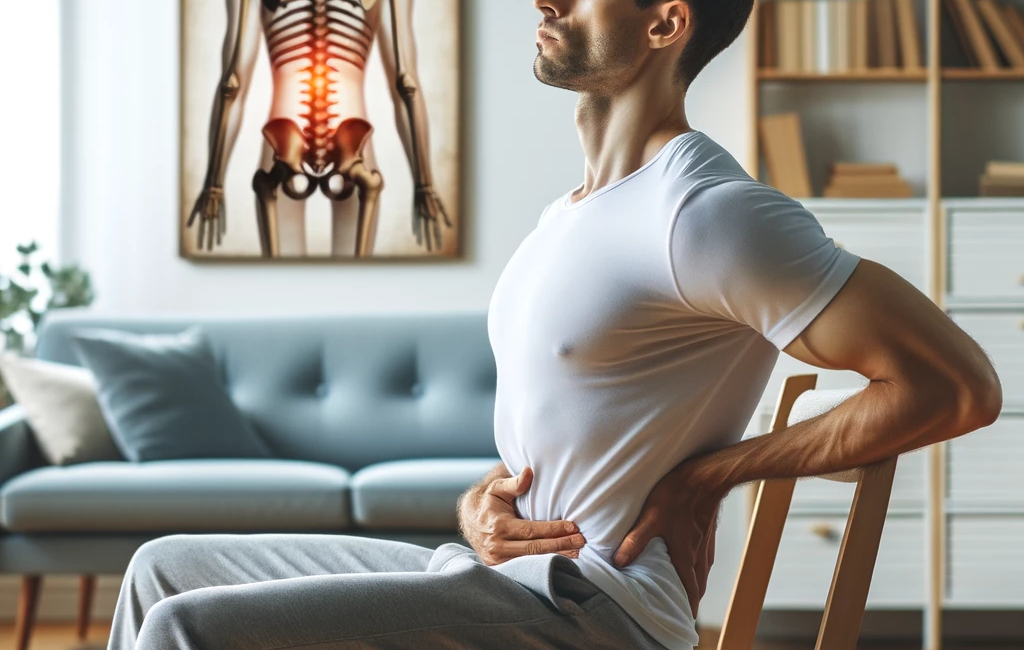Lower back pain, a common ailment affecting millions worldwide, can significantly impact daily life. However, several non-invasive strategies can provide relief and improve quality of life. This article delves into three effective methods: adopting specific body positions, applying heat and cold therapy, and performing gentle stretches.
Optimal Body Positions for Lower Back Pain Relief
Finding a comfortable position is crucial for alleviating lower back pain.
One effective position is lying flat on your back on a firm surface, with a bolster or pillows under your knees. This position maintains the natural curve of your spine, reduces tension in the back muscles and relieves pressure on the spinal discs.
Another recommended position involves lying on your side with a pillow between your knees. This alignment keeps the hips, pelvis, and spine in a natural position, reducing strain on the lower back.
Also, in bed, try lying on your side and bringing the top knee up towards your chest. This may provide you with enough comfort for sleep.
Application of Heat and Cold Therapy
Heat and cold therapy are time-tested methods for managing lower back pain.
Heat therapy, applied through heating pads or warm baths, can increase blood flow and relax tight muscles. This method is particularly beneficial for chronic stiffness or muscle tension.
Cold therapy, using ice packs or cold compresses, can reduce inflammation and numb the area, providing immediate relief for acute back pain or injuries.
Alternating between heat and cold therapy can be especially effective for some individuals, depending on the nature and cause of their back pain. Experiment to see which of these therapies gives the most relief.
Gentle Stretches to Avoid Injury and Relieve Lower Back Pain
Incorporating gentle stretches into your routine can significantly reduce pain and improve flexibility. These stretches also help strengthen the core muscle groups and reduce the risk of further injury. Here are a few simple stretches:
- Pelvic Tilt: This exercise strengthens abdominal muscles and stretches the lower back. Lie on your back with knees bent and feet flat on the floor. Tighten your stomach muscles, flattening your back against the floor. Hold for a few seconds, then relax. Repeat exercise.
- Cat-Cow Stretch: On your hands and knees, alternate between arching your back towards the ceiling (cat) and dipping it towards the floor (cow). Repeat exercise. This movement increases spine flexibility, strengthens, and can help relieve tension and pain.
- Child’s Pose: A yoga pose that stretches the spine, hips, and thighs. Kneel on the floor, sit back on your heels, then stretch your arms forward and lower your forehead to the floor. Hold the position for a few seconds to feel a gentle stretch along your back. Repeat exercise.
Implementing These Strategies
Incorporating these positions, therapies, and stretches into your daily routine can offer significant relief from lower back pain. It’s important to listen to your body and adjust as needed, making sure to avoid any movements or positions that exacerbate pain.
Consulting with Healthcare Professionals
While these non-invasive methods can provide relief, consulting with a healthcare professional is essential for a comprehensive approach to managing lower back pain. They can offer personalized advice and treatment plans tailored to your specific condition.

